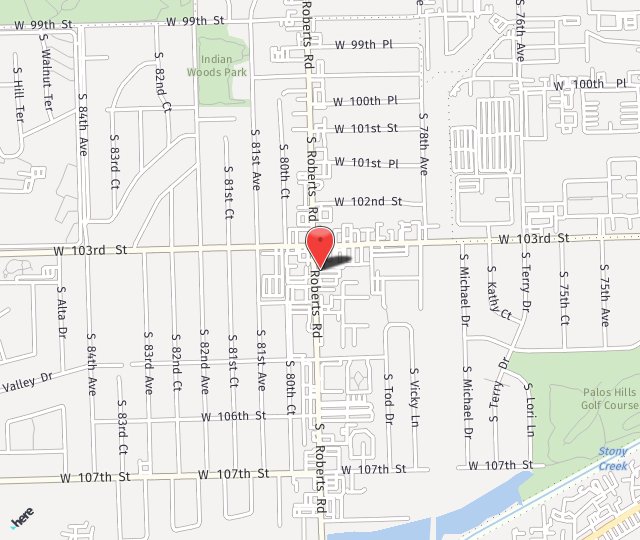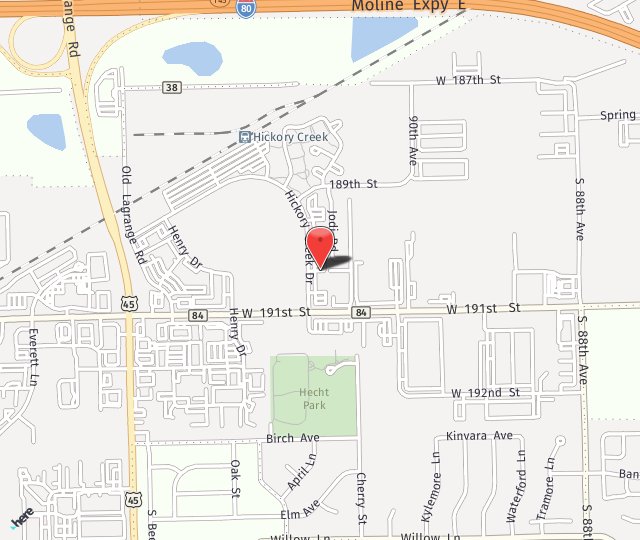Patellar Fracture Overview & Treatment Options in Chicago
Understanding Kneecap Patellar Fractures
A patellar fracture occurs when there is a break in the bone at the front of the knee known as the patella. This small, flat bone serves as a protective shield for the knee joint; when fractured, it can drastically limit your ability to bend your knee.
Causes of Patellar Fractures
Patellar fractures can be the result of:
A direct blow to the knee: Direct blows often occur during sports activities, especially if the knee is struck by a bat or ball with great force. Falling on a hard surface can also lead to a fracture.
Car accidents: Patellar injury can also be sustained during a car accident if the knee comes into contact with the dashboard.
Sudden muscle contractions: In some cases, patellar fracture can result if the quad muscles contract suddenly.

How Do I Know If I Have a Patellar Fracture?
Symptoms of a patellar fracture include:
- Severe kneecap pain
- Swelling
- Pain while moving the knee
- Difficulty extending the leg
- Changes in the kneecap that you are able to feel through the skin
- Tenderness when pressing on the kneecap
- Difficulty walking
Types of Knee Fractures
Patellar fractures can be categorized as:
Nondisplaced: Nondisplaced fractures are injuries in which bone fragments remain in their correct place. It is possible for this type of fracture to heal without surgery, but immobilization will still be necessary.
Displaced: When the patella breaks and the bone pieces are not in the right place, the fracture is considered displaced.
Open: Open kneecap fractures are a complex injury in that the patella is broken and the bone fragments have pierced the skin of the knee. This type of injury raises the risk of infection.
Closed: In contrast to open fractures, in closed patellar fractures, the bones do not break through the skin.
Fractures can be further classified by the number of pieces the bone breaks into.
Comminuted and noncomminuted: Comminuted fractures are when the bone breaks into more than two pieces; a patella that is broken into two distinct pieces is known as a noncomminuted fracture.
Modern Practice with Modern Solutions
Our state-of-the-art clinic is home to advanced tools and techniques such as robotic-assisted surgery and arthroscopy for joint procedures.
Treatment Options
When the bone pieces are displaced, surgery is necessary to put them back together. This may involve screws, pins, plates, or wires which are used to reconnect the bone pieces. Bone fragments that are too small may need to be removed altogether.
Following surgical treatment or in cases where surgery is not required, patients can use a cast or brace to keep the knee in an optimal position and prevent movement as it heals. You may be restricted from putting any weight on the knee initially. Pain can be managed with over-the-counter medications, while swelling can usually be reduced by applying ice to the knee and elevating the leg.
Physical therapy is essential in restoring the function of the knee after patellar fracture. This may include special exercises that strengthen the knee and increase the range of motion.
Overcome Knee Pain
A fractured patella is considered a serious injury and it is best to seek prompt medical attention. Dr. Bedikian can provide an accurate diagnosis and develop a tailored treatment plan.
Contact us to schedule your appointment.



